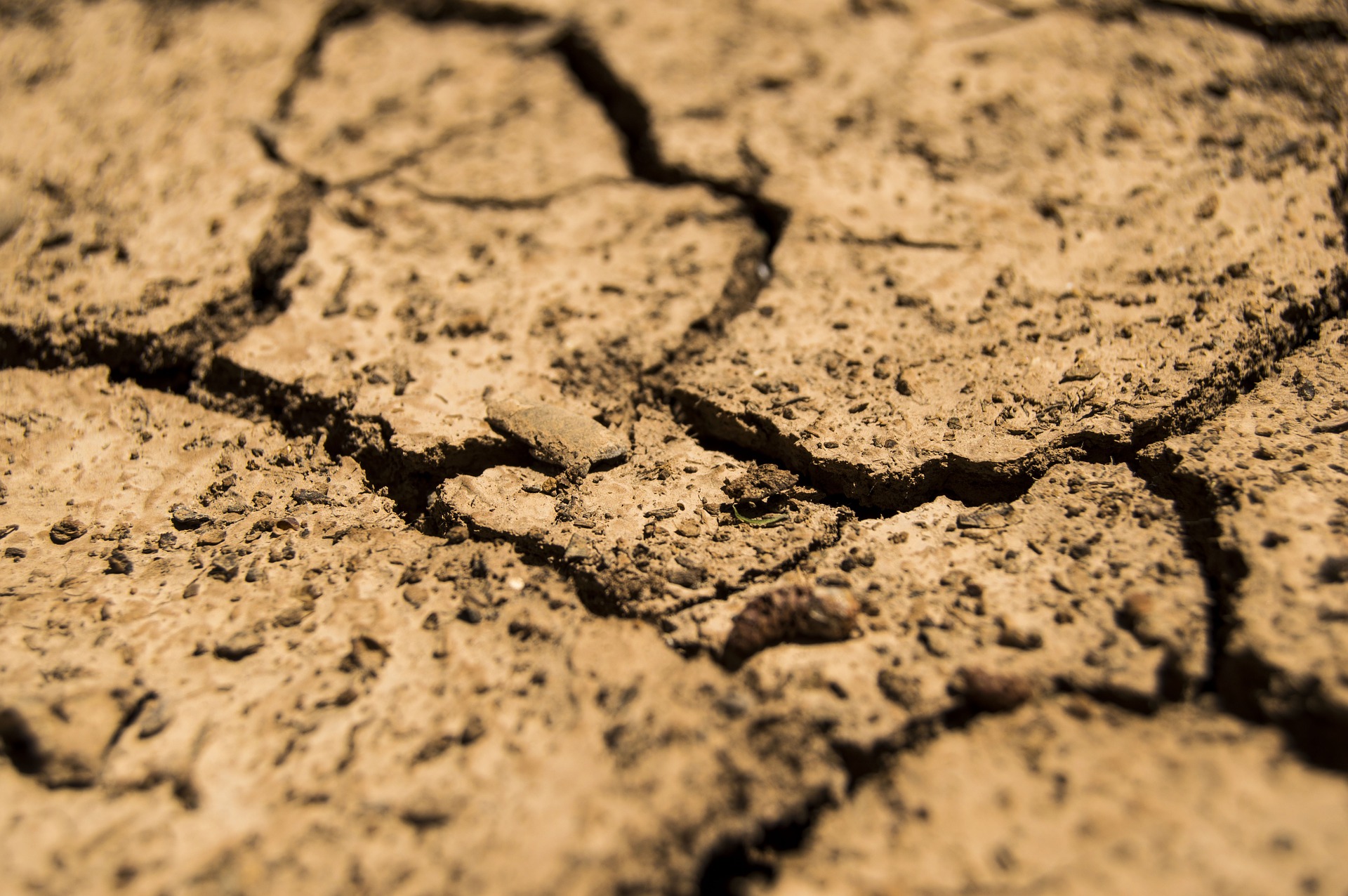By Jay Lund.
We are just a few months into this year’s wet season, and progress has been great. Statewide, California is about 800,000 acre ft below average surface water storage for this time of year. California’s water year began with surface storage about 3 million acre ft (3 full Folsom Reservoirs) less than historical averages for October 1. This was already a great improvement from the previous year’s being 8 maf below average in January 2016.
While we are still in early days for this water year (October 2016-September 2017), California precipitation is above average for this time of year, 178% of average in Sacramento Valley, 145% in San Joaquin Valley, and 127% in Tulare Basin. Southern California is further behind, but has gotten some good storms in recent weeks. Overall snowpack is 72% of average for this time of year (perhaps reflecting warmer conditions). If no more precipitation fell in northern California, with more than 3 months left in the wet season, total precipitation would be a bit less than the 2015 water year.
But drought remains in some parts of California. The Santa Barbara area is at great risk now, with its Lake Cachuma still at 8% of capacity and 11% of average storage for this time of year. But continued wetness in southern California might resolve this.
Fish and forests throughout the state, and groundwater south of Delta will have lingering effects from previous years of drought if most of California continues to be wet.
If this year continues to be mostly wet, water shortages are still likely for some parts of California. The drought and growing demands have left some parts of California, particularly the southern Central Valley, in an largely permanent structural drought. Here, there is more water demand than water available. This condition developed from growing water demands for increasingly profitable agriculture and for growing cities encountering reduced ability to import water from the Delta due to endangered species and Delta water quality. This gap will worsen as restrictions ending groundwater overdraft come to bear (to provide more drought security for profitable agriculture) and as environmental flow requirements increase.
Overall, drought conditions continue to lessen in most of California, but it is still early days. Even with continued wet conditions the drought could worsen in some areas, such as Santa Barbara, even as it disappears from other areas. And the previous years of drought will have a long tail of impacts in many areas, and innovations from the drought, such as groundwater management, need to be with us for a long time.
Some lessons from this drought?
You Can’t Always Get What You Want – A Mick Jagger Theory of Drought Management
The banality of California’s ‘1,200-year’ drought
Improving mandatory State cutbacks of urban water use for a 5th year of drought
[divider] [/divider]
Originally posted at the California Water Blog.
Jay Lund is Director of the Center for Watershed Sciences and a Professor of Civil and Environmental Engineering at the University of California – Davis.





